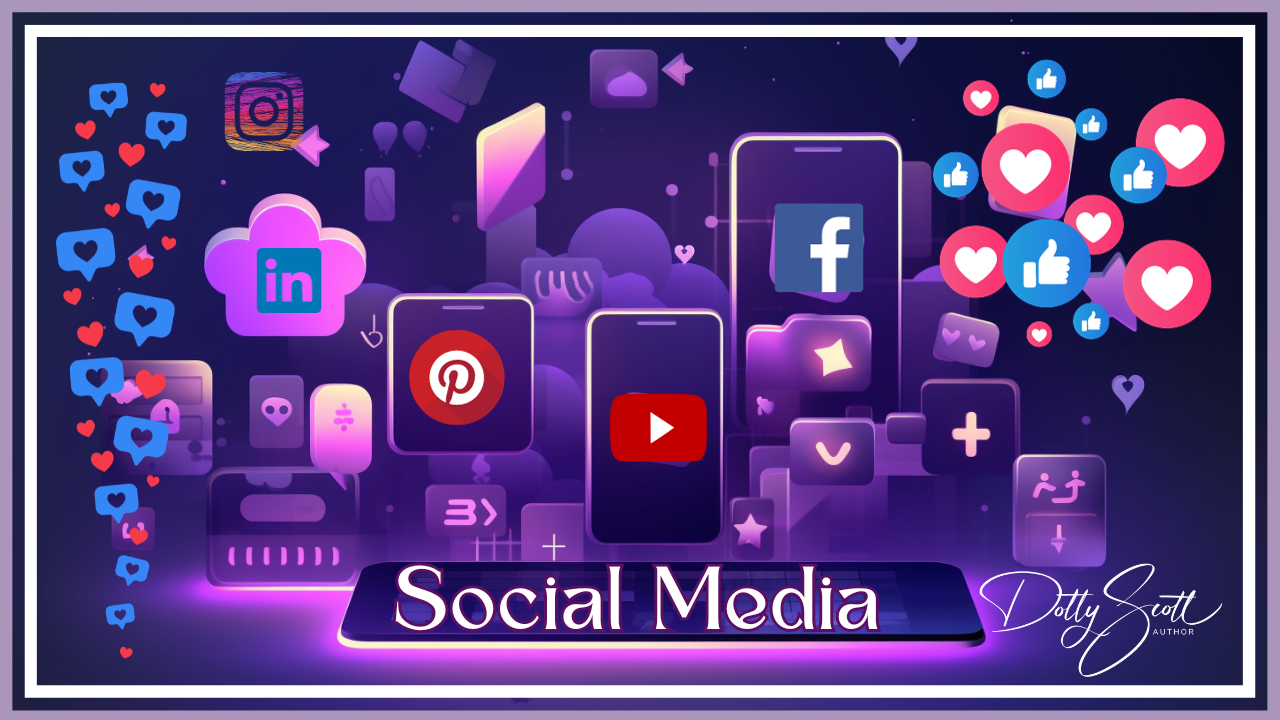
Mastering Social Media for Solopreneurs, Coaches, Speakers, and Authors
In the digital age, solopreneurs, coaches, speakers, and authors face the unique challenge of building their brand while maintaining a personal touch through social media. This guide offers tailored advice for these professionals to harness social media’s power effectively.
Balancing Personal and Professional Social Media Use
- Integrating Personal and Business Profiles: For solopreneurs and individual professionals, the line between personal and professional life is often blurred on social media. While it’s important to maintain professional business profiles for official content, personal profiles can be a goldmine for building more intimate connections with your audience. Sharing your journey, insights, and personal stories can make your brand more relatable and authentic.
- Visibility and Search Engine Optimization (SEO): Personal profiles, especially on platforms like Facebook, often enjoy higher engagement rates than business pages. However, they don’t benefit from SEO as business profiles do. By strategically using both, you can maximize visibility and ensure your content reaches your loyal followers and new audiences through search engines. Converting your personal profile to “professional mode” helps your posts get more views.
- Public Accessibility: As a solopreneur or individual professional, your social media profiles should be public to maximize reach. Private settings can significantly limit your ability to connect with new clients, followers, and opportunities.
Selecting the Right Platforms
- Diverse Platform Strategy: Having a presence on multiple platforms is crucial to maximize your reach. Each platform has its unique audience and style; being present on several can help you connect with different audience segments.
- Target Audience Alignment: Identify where your ideal clients, readers, or audience members spend their time. For instance, LinkedIn is excellent for professional networking, Instagram for visual storytelling, and Twitter for quick, impactful messages. Choose platforms that align with your style and your audience’s preferences.
Developing a Comprehensive Marketing Calendar for Social Media Success
For solopreneurs, coaches, speakers, and authors, managing social media can often feel like navigating a complex labyrinth. A meticulously planned marketing calendar is indispensable to simplify this process and maximize impact. Here’s how to structure it for optimal results:
Detailed Planning of Important Dates and Events
- Industry-Specific Dates: Identify critical dates in your industry, such as conferences, awareness days, or significant milestones. Aligning your content with these dates can increase relevance and engagement.
- Personal Milestones: Include important dates like book launches, speaking engagements, or webinars. These events are opportunities to share your journey, celebrate achievements, and invite your audience to participate.
- Seasonal Themes: Be mindful of seasonal themes and holidays. Tailoring content to fit seasonal moods can make your posts more relatable and timely.
Strategizing Promotional Activities
- Advance Planning: For activities like book promotions, course launches, or webinars, planning several weeks or even months ahead is crucial. This allows time for teasing the event, building anticipation, and maximizing participation.
- Cross-Platform Promotion: Ensure your promotional activities are visible across all active platforms. Tailor the message to suit the unique style of each platform.
- Follow-Up Strategy: After the event, have a strategy for follow-up content. This could include thank-you messages, highlights from the event, or teasers for upcoming projects.
Regular Events and Content Scheduling
- Consistent Engagement: Establish regular events like weekly live sessions, podcasts, or blog posts. Consistency keeps your audience engaged and looking forward to your content.
- Diverse Content Types: Mix different types of content – educational, inspirational, promotional, and personal – to keep your feed dynamic and exciting.
- Audience Interaction: Regularly include interactive content like Q&A sessions, polls, or contests to foster community and engagement.
Efficient Batching and Scheduling of Content
- Dedicated Creation Time: Allocate specific times for content creation. This could involve setting aside a day or two every month to write posts, create graphics, or record videos.
- Content Themes: Organize your content around themes. This makes it easier to batch similar types of content and maintain a cohesive narrative across your platforms.
- Leveraging Scheduling Tools: Utilize tools like Buffer, Hootsuite, CoSchedule, or Later to schedule your posts. This ensures your social media presence remains consistent, even when you’re focused on other aspects of your business.
Balancing Scheduled and Spontaneous Content
- Planned Spontaneity: While most of your content can be scheduled, leave room for spontaneity. Share impromptu thoughts, behind-the-scenes glimpses, or live reactions to relevant events.
- Real-Time Engagement: Use spontaneous posts to engage in real time with your audience. This adds a layer of authenticity and personal connection to your online presence.
Crafting and Utilizing Evergreen Content
- Timeless Material: Create relevant content regardless of the time or season. This includes motivational quotes, universal advice, or personal stories with a timeless appeal.
- Content Recycling: Don’t hesitate to repurpose and repost evergreen content. This ensures a steady stream of valuable content and constantly reduces the pressure to create new material.
By meticulously planning your marketing calendar and balancing scheduled content with spontaneous interactions, you can create a dynamic and engaging social media presence that resonates with your audience and amplifies your personal brand.
In summary, for solopreneurs, coaches, speakers, and authors, effective social media use involves a blend of personal and professional content, strategic platform choice, and intelligent time management. By following these guidelines, you can build a solid online presence that resonates with your audience and grows your personal brand.
These chapters are designed to go together OR stand alone. If you found this one on Google and want to read the others, here are the links to the other chapters.
- Chapter 1: Your Website Is Your Hub
- Chapter 2: Lead Magnets | Email Marketing
- Chapter 3: Basic Search Engine Optimization
- Chapter 4: What Are Backlinks?
- Chapter 5: Google Business Profiles
- Chapter 6: Reviews
- Chapter 7: Speaking | Podcasting
- Chapter 8: Content Marketing
- Chapter 9: What Is Blogging?
- Chapter 10: Social Media
- Chapter 11: Video Marketing
- Chapter 12: Repurpose Your Content
- Chapter 13: Awards & Contests
- Chapter 14: Referrals
- Chapter 15: Necessary Online Tools






